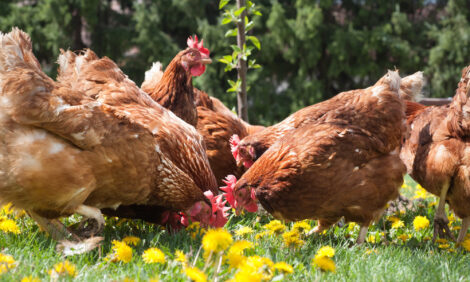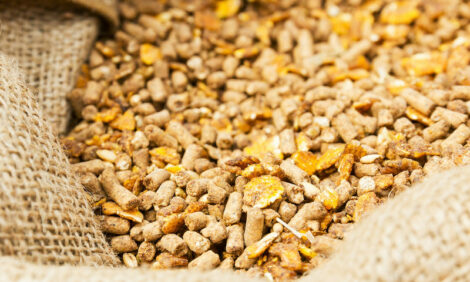



Poultry Quarterly Q3 2019: improved but fragile market conditions
Global poultry has experienced gradually improving market conditions in 1H 2019, and this trend is expected to remain over the coming months.The main driver for the market improvement has been a more balanced supply in key trading markets like Brazil Thailand, the US and the EU. The gradual improvement has come despite global trade volumes being disappointing due to ongoing trade issues. China is the best performing poultry industry, with exceptionally high poultry prices due to the shift from pork to poultry as a result of the worsening situation with African Swine Fever (ASF) and very low breeding stock levels, which has pushed PS and DOC prices up to historically high levels.
The global poultry market has been on a rollercoaster ride in the past year, with a large oversupply in 2H 2018 and early 2019 greatly affecting prices for globally-traded poultry products,” according to Nan-Dirk Mulder, senior animal protein analyst. “The balance in the market is gradually returning, driven by stronger dark meat demand from Asia and Africa. Having said this, global trade volumes in Q1 2019 were just 2.8 million metric tonnes, and at their lowest since 2015, indicating ongoing tough issues in poultry trade and ongoing low breast meat prices.
The bullish Chinese market situation will have some impact on global markets. This will mainly be through some price support in pork exporting countries. But, as long as China does not allow more imports, this will have a relatively limited impact on global poultry trade, except for countries who can export, such as Brazil, Thailand and Argentina and soon Russia.
Disease pressure is still present in the industry, with a series of AI outbreaks throughout the world, including Mexico, Vietnam, Cambodia, Nepal and Taiwan. Although all these outbreaks have a significant impact on local industries and communities, the number of outbreaks is lower than in the previous years.










